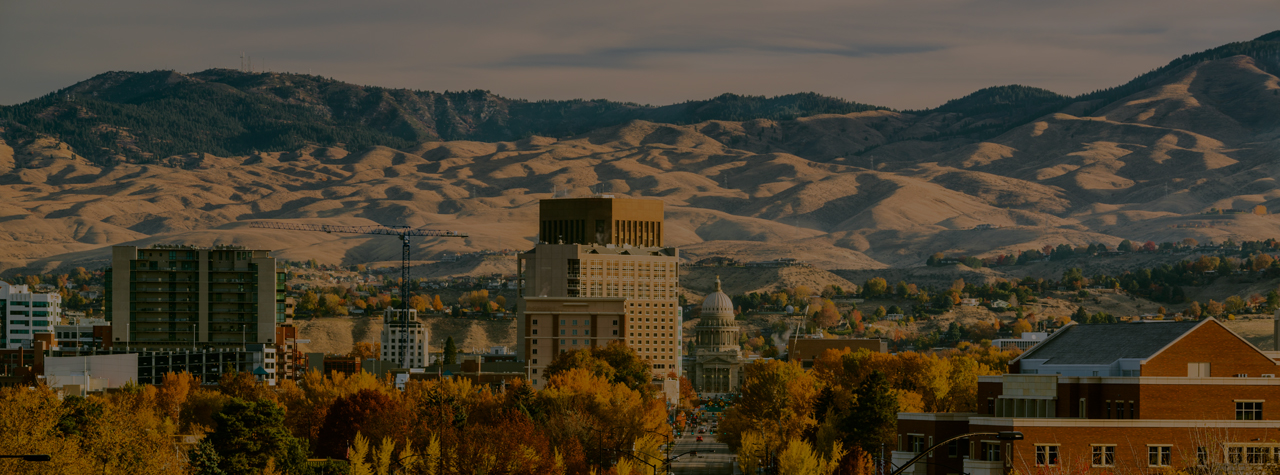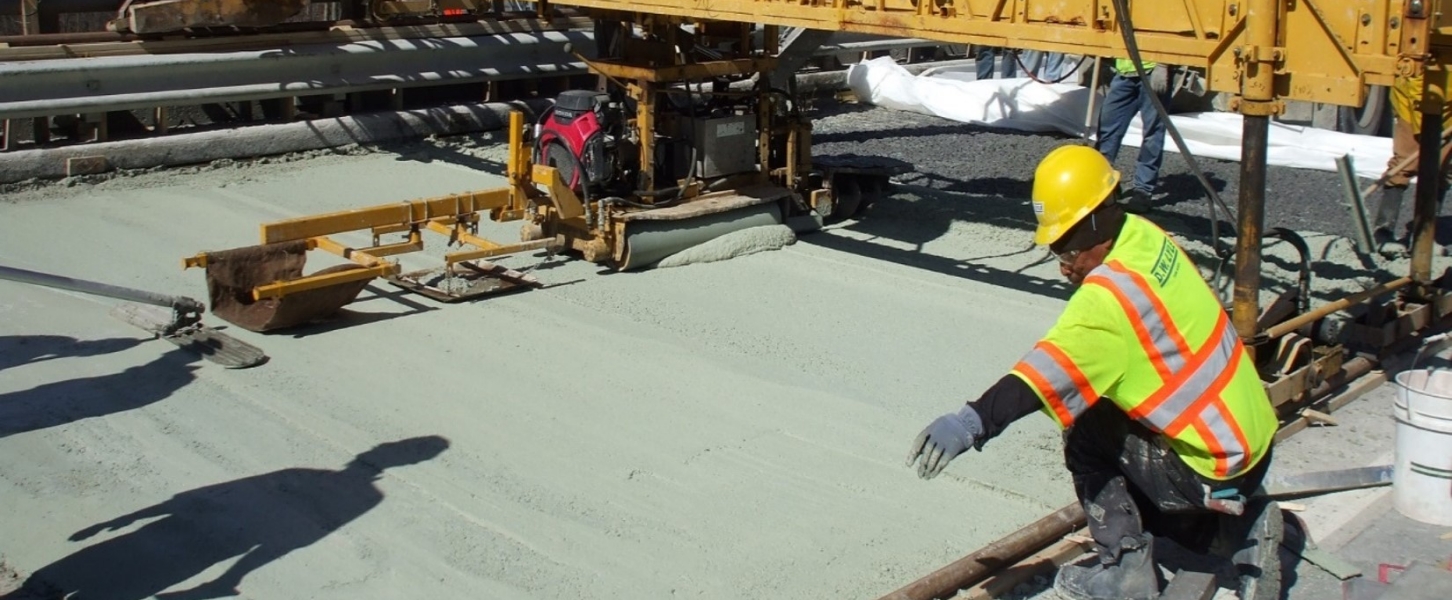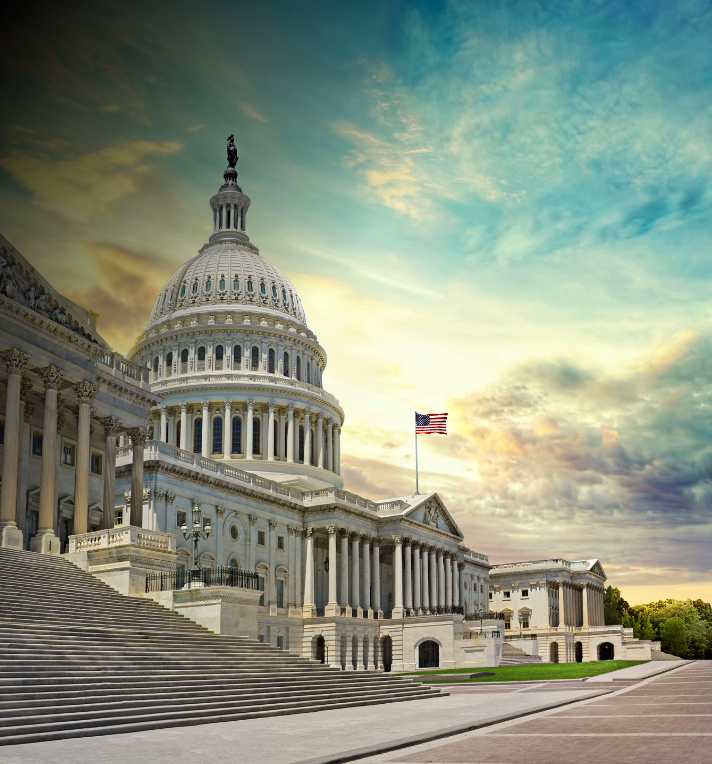2018 Report Card GPA: C-
Idaho Infrastructure Overview
Since the first American Society of Civil Engineers (ASCE) Report Card for Idaho’s Infrastructure was released in 2012, Idaho’s population has continued to increase. Idaho is now the fastest-growing state in the United States.
How is our infrastructure going to keep up with this growth? This 2018 Report Card for Idaho’s Infrastructure, prepared by an experienced team of civil engineers and infrastructure professionals, shows that while some progress is evident, more should be done to make Idaho a stronger, safer, healthier, and more prosperous state.
As civil engineers, we have a responsibility to safeguard the life, health, property, and welfare of the public. To uphold this responsibility, we have produced this Report Card to inform the public and our elected leaders about the state of our infrastructure. This evaluation includes the existing condition, capacity, funding, future need, operation and maintenance, public safety, resilience, and innovation. One of the primary reasons people are moving to Idaho is the high quality of life we all enjoy. For us to maintain this priceless benefit, we must support infrastructure improvements, encourage innovative solutions to challenging infrastructure scenarios and urge elected leaders to prioritize and provide funding for critical infrastructure.
We hope this Report Card provides an additional resource to help the public and policymakers throughout Idaho make more informed decisions.
Read the executive summary here.
-
Explore Idaho
- Grades
- State Fact Sheet
- IIJA Grants
Idaho Infrastructure Grades
A: Exceptional, B: Good, C: Mediocre, D: Poor, F: Failing
Each category was evaluated on the basis of capacity, condition, funding, future need, operation and maintenance, public safety, resilience, and innovation
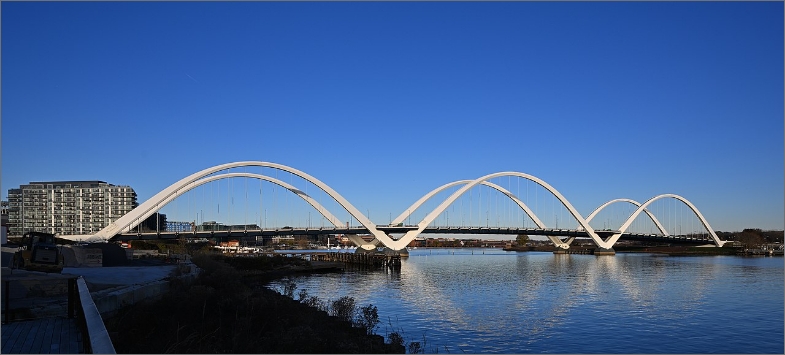

Bridges
There are 4,492 bridges in Idaho. Of these, 1,848 bridges are on the state highway system, and 2,375 are local bridges; the remainder are owned and maintained by federal agencies. Most twentieth century bridges were designed for a 50-year life span. 45% of the existing bridges (837) on the state highway system are 50 years or older and nearly 30% of the local bridges are 50 years or older. Based on currently planned bridge replacements, in just three years the number of bridges 50 years and older will rise to 911, or over 49% of the bridges on just the State Highway System. While rehabilitation of older bridges can extend the lifespan of that structure beyond the 50-year design life, the aging of Idaho bridges is of concern. In total, Idaho has identified needed repairs on 1,520 bridges, and the state estimates the cost of repair to these bridges will total $2.2 billion.
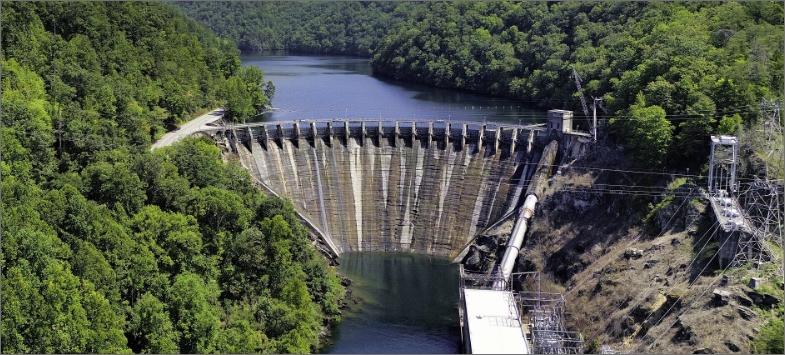

Dams
In the time since the 2012 Report Card was issued, the state witnessed improved funding for safety regulation of existing dams, but saw a negligible change in monies made available for maintenance, repair or replacement of deserving private dams. While Idaho’s rapidly growing population has generated increased revenue for state coffers, the per capita reservoir storage capacity decreased, due to a lack of construction of new, or replacement water storage projects. Six years older, the inventory of existing dams remains largely unchanged. We still lack a strategy to provide reliable funding to sufficiently correct progressive physical deterioration of private dams. Funding is clearly needed to mitigate some of the greatest risks to downstream life and property posed by existing dams. Additionally, independent means to provide safety oversight for Idaho’s system of canals and levees has not been legislatively authorized, despite the close proximity of such infrastructure to population centers.


Drinking Water
Idaho’s approximately 1,960 public water systems consists of pipes, plants, and pumps that work together to deliver clean water to the state’s homes and businesses. The costs to maintain and improve this infrastructure are paid by users and rates can vary. Recent population growth has helped spur investment in new drinking water systems in some parts of the state. The Environmental Protection Agency estimates Idaho will need $961.8 million over 20 years to maintain, repair and replace its existing drinking water infrastructure and accommodate a larger population.
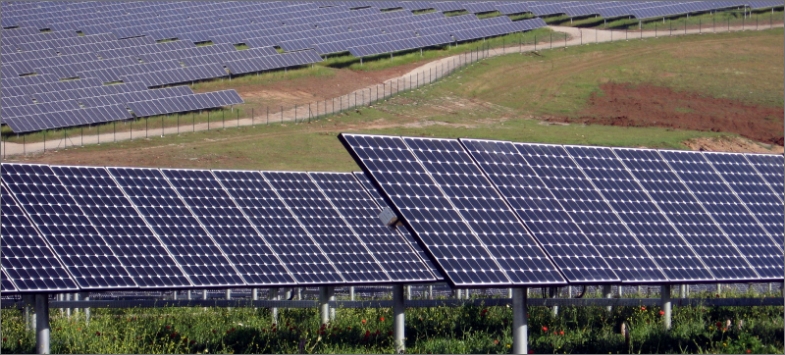

Energy
While Idaho’s energy infrastructure is aging, Idaho’s utility companies have completed a number of new energy and transmission projects over the last several years. Currently, Idaho enjoys the fifth lowest average price of electricity. While Idaho’s energy consumption continues to rely on out of state production for its energy capacity, a number of diverse renewable energy generation projects have been developed in recent years. Looking ahead, Idaho has significant opportunities for increased energy generation capacity, particularly with geothermal, solar, and wind. Continual upgrades and expansion of the state’s energy infrastructure will be necessary to maintain the condition and accommodate Idaho’s projected population growth.
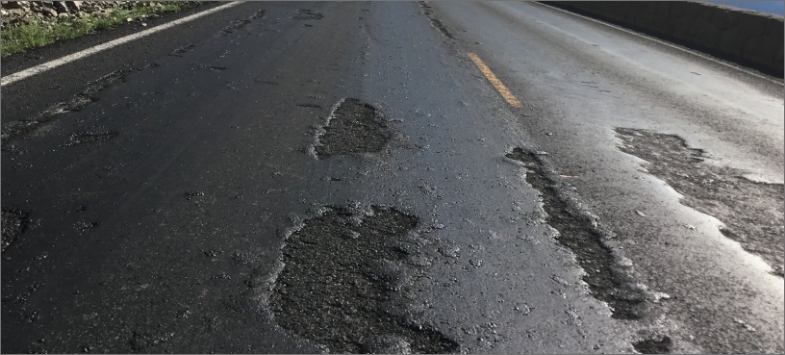

Roads
Highways provide a critical transportation link between the places we live, work, and play. Over 75,891 lane miles of roads in the state transport 650,000 residents to work each day and 150 million tons of freight, worth $80.5 billion, each year. Of these 75,891 miles, approximately 12,000 lane miles are state highways (interstate, US, and Idaho roads), and 63,607 lane miles are local roads and streets (owned by city, county, or highway district). While the Idaho legislature has made strides in identifying additional funding for the state’s highways and roads, available funding is insufficient to meet current and future demands. Over the next 20 years, the state will experience a $3.6 billion shortfall if funding remains stagnant.
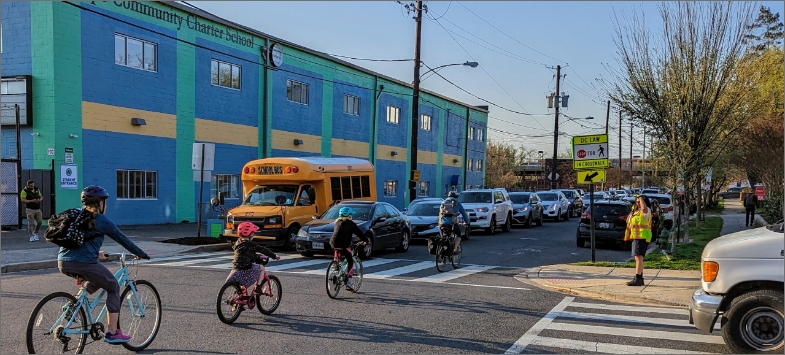

Schools
A high-quality education for the students of Idaho is a priority and the physical facilities at those schools make a difference, for better or worse. Public education funding continues to play a large role in Idaho politics, but physical facilities are largely left out of the discussion. From FY2011-2013, the state spent approximately $639 on average annually per student on operation and maintenance; the national average during the same time frame was $1,039. While local districts have used levies and other tools to fund new buildings, many existing buildings are lacking the maintenance and/or upgrades to accommodate increasing student enrollment or facility demands. While current capacity in schools is generally sufficient, the National Center for Education Statistics projects that, between 2012 and 2024, Idaho will have a statewide enrollment increase of 28,166 students, or the equivalent of 9.9%. Sufficient funding for school infrastructure must be identified to accommodate this growth.
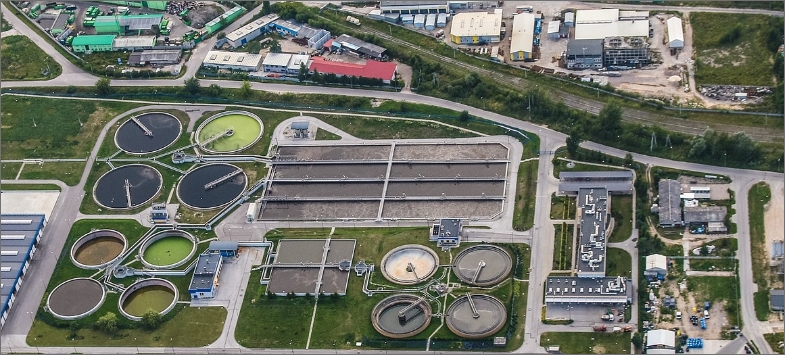

Wastewater
Idaho’s 1.68 million residents rely on a variety of wastewater collection and treatment systems, including municipal wastewater treatment plants and septic systems. The state’s population is growing rapidly, and Idahoans are benefiting from some new wastewater collection and treatment facilities built to accommodate the increased demand. However, Idaho’s challenge will be to maintain and increase funding for ongoing maintenance requirements. The U.S. Environmental Protection Agency reports that over the next 20 years, Idaho will need $1.38 billion in funding for wastewater infrastructure.
State Fact Sheet
Download Fact Sheet
Aviation
$54.3 million in 2024 airport improvement grants across 7 major airports

Drinking Water
$3.1 billion total drinking water need

Transit
2.9 million passenger trips across 17 systems in 203

Bridges
4,616 bridges, 4.9% of which were structurally deficient in 2024

Hazardous Waste
13 Superfund sites

Wastewater
$2.2 billion total wastewater need

Dams
106 high hazard dams

Levees
234 miles of levees protect 2,600 residents

Roads
14% of roads are in poor or fair condition

Connect with Your Legislators
Let everyone know how important it is that we continue to invest in the future of America’s infrastructure.
Take Action Today
